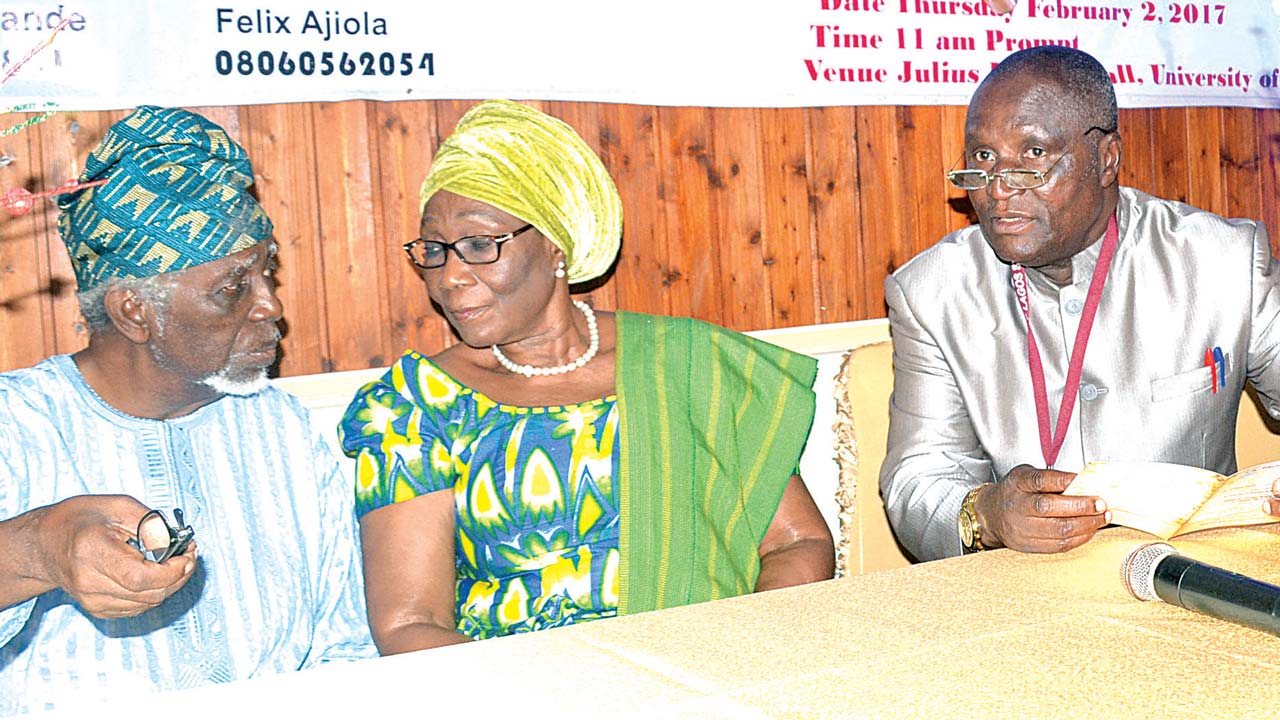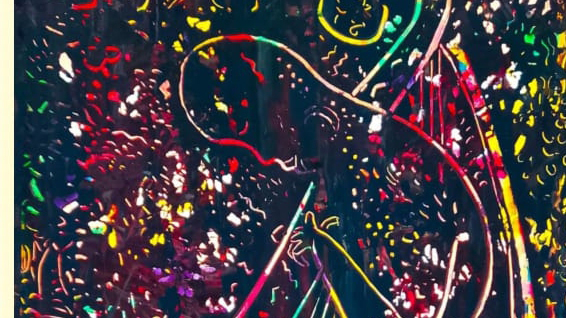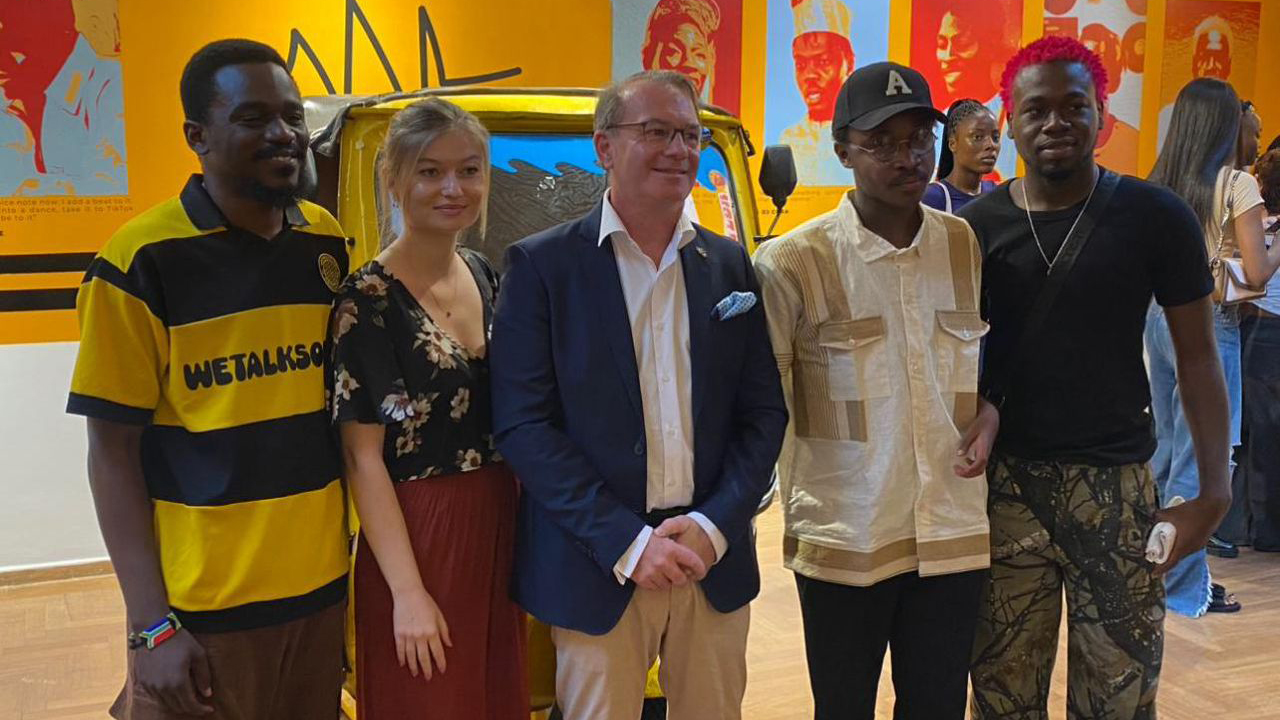 In recent newspaper articles, which resulted from disputes about kingship in Yorubaland, Ife and Benin, it was stated by a royal contributor to the debate that the practice of burying the bodies of the Obas of Benin at Ile Ife stopped in 1914 – a statement which has raised questions about its author’s familiarity and accuracy with the issues raised.
In recent newspaper articles, which resulted from disputes about kingship in Yorubaland, Ife and Benin, it was stated by a royal contributor to the debate that the practice of burying the bodies of the Obas of Benin at Ile Ife stopped in 1914 – a statement which has raised questions about its author’s familiarity and accuracy with the issues raised.
This is because the Benin historian, Jacob Egharevba, in his description of the ritual involved had written: ‘The head of the royal corpse was exhumed and taken to the royal ancestral grave in Ife, but this was done every third reign.’
Oba Ovonramwen, the king involved in the 1914 incident was not buried in Benin. He was buried in Calabar, where he had died in exile after the British Expedition of 1897 and a trial. The possibility of a burial of the royal corpse at Ile Ife was, however, remote for other reasons.
The Orun Oba Ado at Ile Ife (where-it is claimed that the Obas of Benin are buried after death), when excavated, had produced no skull, The excuse for the absence of a skull given by Frank Willett, the British archaeologist who had worked and lived in Nigeria in the 1960s and 1970s, was that only the hair and fingernails of the deceased were buried as a token in lieu of his body. It is however clear from our experience that the contradictions and incongruities encountered in historical reconstruction in Nigeria were self-inflicted and stemmed from a tendency by both indigenous and expatriate historians responsible for them to ignore documentary and archaeological evidence, which best accord with existing knowledge.
In Professor Thurstan Shaw’s essay on radiocarbon dating in Nigeria, charcoal from burial pits 11 and six at Orun Oba Ado was dated A.D. 560 and A.D. 900 respectively. These dates conflict with the date in Egharevba’s book of Oranmiyan’s arrival in Benin from Ife. According to the radiocarbon dating of pit 6, this pit would have been functioning as the burial place of Benin kings two hundred and seventy years before Orun Oba Ado came into being and three hundred years before the first king of Benin to qualify for burial there, Oba Eweka I, was crowned!
As regards pit 11, its A.D. 560 dating means that the burial place of Benin Obas at Ile-Ife was already in existence before even Oduduwa, Oba Eweka’s grandfather or great grandfather himself was born! Even more astounding, this would have been 240 years before the 800 A.D. dating by Frank Willett for Ile Ife itself!!!
The experience, which the archaeologist had had with Orun Oba Ado, was repeated with the Opa Oranyan. (Oranyan staff whose physical reconstruction in 1953 had been preceded by a thorough excavation of the area around its new and older sites. This excavation has disproved the tradition that the Opa Oranyan monolith at Ile-Ife marks the site of Oranmiyan’s grave.
According to Professor Fela Sowande, Ile Ife is not the Ife to which Yoruba oral traditions refer. Also in the words of Professor Wande Abimbola, the seven sites of Ife mentioned by Ifa are Ife Oodaye, the first and possibly the original one, Ife Nleere, Ife Ooyelagbomoro, Ife Wara, Otu Ife, Ife Oore and Ife Oojo’.
In Benin tradition, Oranmiyan’s route from Ife to Benin in 1170 A. D had taken him via the Osse River (known as the Ovia in Benin) to Ughoton (referred to in many maps as Gwato) where a traveller to Benin City disembarked and completed his journey on foot. In this tradition, Oranmiyan had been preceded by two brothers who had each been drowned at the Ughoton crossing where the ferrymen had been bribed and instructed by the opposition in Benin to prevent visitors from Ife from getting to Benin.
Ife’s site in 1485, according to d’Aveiro in Portuguese accounts of the 15th century (Ryder 1965) lay north of Benin City and was the seat of Ogane, the spiritual suzerain of the Oba of Benin said to be the Ooni of Ife. His emissary or messenger was represented in Benin brass casting with cat’s whiskers facial marks and wore a cross round his neck. The Igala, who also had cat’s whiskers facial marks, also lived to Benin’s north as did the Yagba and Ijumu who also had the same facial marks.
The Portuguese priests who, according to the late Chief Fabunmi of Ile Ife had come from Benin in the 16th century to convert Ife to Christianity and had baptized its Ooni and built a Cathedral at a place called Oke Ileri, had also used this route which was the route to the Ife of Oranmiyan and the Ogane referred to in d’Aveiro’s accounts.
A linguistic and heritage mapping of Nigeria’s cultural space and a rationalization of its myths, legends natural and cultural heritage is of great essence if we must stop the howlers that continue to crop up every time we discuss our past.
Between God and Man: Meaning and Essence in Nigerian Traditional Festivals advocates a multi-dimensional, transdisciplinary approach for dealing with its content to remove the distortions, self-contradiction and deficient ethnography to which it is often subjected.
A thinking, which restricts Igbo existence in Nigeria only to the east of the Niger, is misconceived in the amalgram, which is Nigeria. It will not help us explain how we have for example, nine places called Onicha in a local government of Imo State close to a cluster of six places called ‘Ife’ in the same local government; as well as an Ife close to Eket in Akwa Ibom State and an Onitsha Igo in Kogi State. Such a thinking would not provide answers to our problems of inequity, diversity and peaceful co-existence.
The ichi is a striking feature of Nri life and a mark of distinction associated with the Ozo institution and title – taking. The classical ichi, which according to Jeffereys is known as ‘the wings of the eagle’, stretches across the forehead. According to Shaw, the V-shaped ichi is also classical and found on the forehead ending at the bridge of the nose.
The ‘wings of the eagle’ ichi mark has been found on soapstone figures at Esie in Kwara State west of the Niger. Esie is an Igbomina centre whose name suggests an etimological connection with the Igbo. The v-shaped ichi has also been found at Egbejoda, 38km from Ile Ife in Osun State on terra cotta, which is not naturalistic like the typical Ife sculpture. A full face marking has been found at Esie as well as in a shrine at Ile Ife on a soapstone carving described as a representation of Obatala, the Yoruba creation god, who in otua meji of Ifa is described as Oosa Igbo (the deity of the Igbo).
Benin mythology and history have also had links with the Igbo. For example, Oba Orhogbua of Benin on his return from Lagos (Eko) in the 16th century had sent messengers to an Igbo king near the Niger who killed them and attracted the Oba’s anger and revenge, which were captured on trophy plaques. The Igbo captives in the war which Orhogbua had won are shown in the plaques with what look like the ichi without the forehead marking – slanting marks on the face across the cheek. The Igbo king was on a horse and his facial marks were similar to those on his captured subjects.
Benin also has a myth which features Oghene (God), Olukumi (Yoruba), Idu (Benin), Igbon (Igbo) and Uzon (Ijo). The children of Oghene were let down a chain to a temple, which they built at Uhe (Ife), which the children of Idu who had died, left because they had been ill-treated by Olukumi, their uncle. They had wandered around for two centuries (from 800 A.D) and were ruled by Ogisos (Ogie; king and Iso: from the sky). The last Ogiso was Owodo, whose son Ekaladerhan had left Benin and had found himself in flight from Benin pursuers. He had ended up at Ife, where his name changed to Oduduwa. He dethroned Ife’s king, Obatala and drove the Igbo into the neighbouring forests. This is when the Moremi-Igbo encounter took place. Igbo attackers dressed like supernatural beings had harassed Ife with success until Moremi married their chief to find out their secret, which she passed on to her Ife people who thereafter needed only firebrands to fight and defeat the Igbo. Moremi became an Ife heroine and had since been celebrated in the annual Edi festival of Ile Ife.
Ife was converted to Christianity in the 16th century. Unfortunately, its baptized king, Thomas John, died suddenly and his mysterious death was blamed on Christianity and the Christians who became target of a pogrom which led to Ife’s relocation. This explains why whereas in 1485, Ife was described as lying north or north-east of Benin City, Ile Ife the centre of Ife patrimony today lies west of Benin City.
The classical, naturalistic art associated with it came to an abrupt end and its people moved, so to say, bag and baggage – and bronze and terra cotta (many of which were damaged). They replicated with great skill and ingenuity in their new location their cults, shrines, practices and institutions. But the treasures, which were of great excellence had secrets which must be studied and understood.
According to William Fagg, hardly any of the supposedly ancient shrines from which these treasures were dug up at Ile Ife ‘appeared to have had more than a century or so of age-being secondary sites with all the implications of discontinuities: although found at Ile Ife, they in fact came from elsewhere.
Distinguished ladies and gentlemen, the opportunities and prospects which have been revealed in the books we are presenting today had been made possible by the J. P. Clark Centre of the Faculty of Art, University of Lagos and constitute a wonderful example of collaboration between town and gown which must be sustained.
My appreciation goes to Ford Foundation, which funded the countrywide study tour, which completed my research on the books.My appreciation and gratitude go to Aigboje, my son, Bolaji my son-in-law and Robert Tung of the Wempco Group who provided the funds for printing the books. I am grateful to God for their assistance and support and the wonderful opportunity they have provided me.
Thank you very much.
• Frank Aig-Imuokhuede was a former Federal Director of Culture. He made this address at the presentation of his books: A Calendar of Traditional Nigerian Festivals and Between God and Man: Meaning and Essence in Nigerian Traditional Festivals on Thursday, February 2, 2017 at Julius Berger Hall, University of Lagos.
[ad unit=2]






